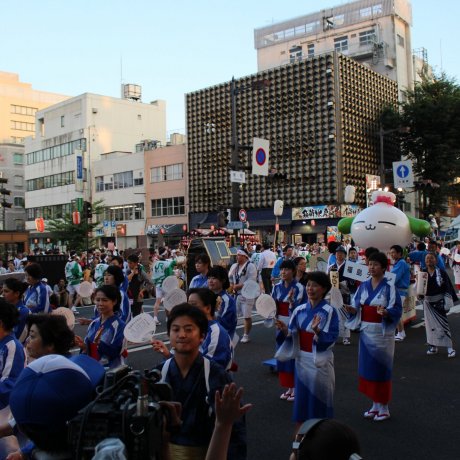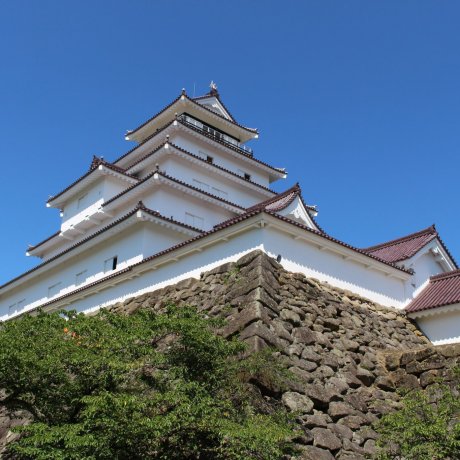
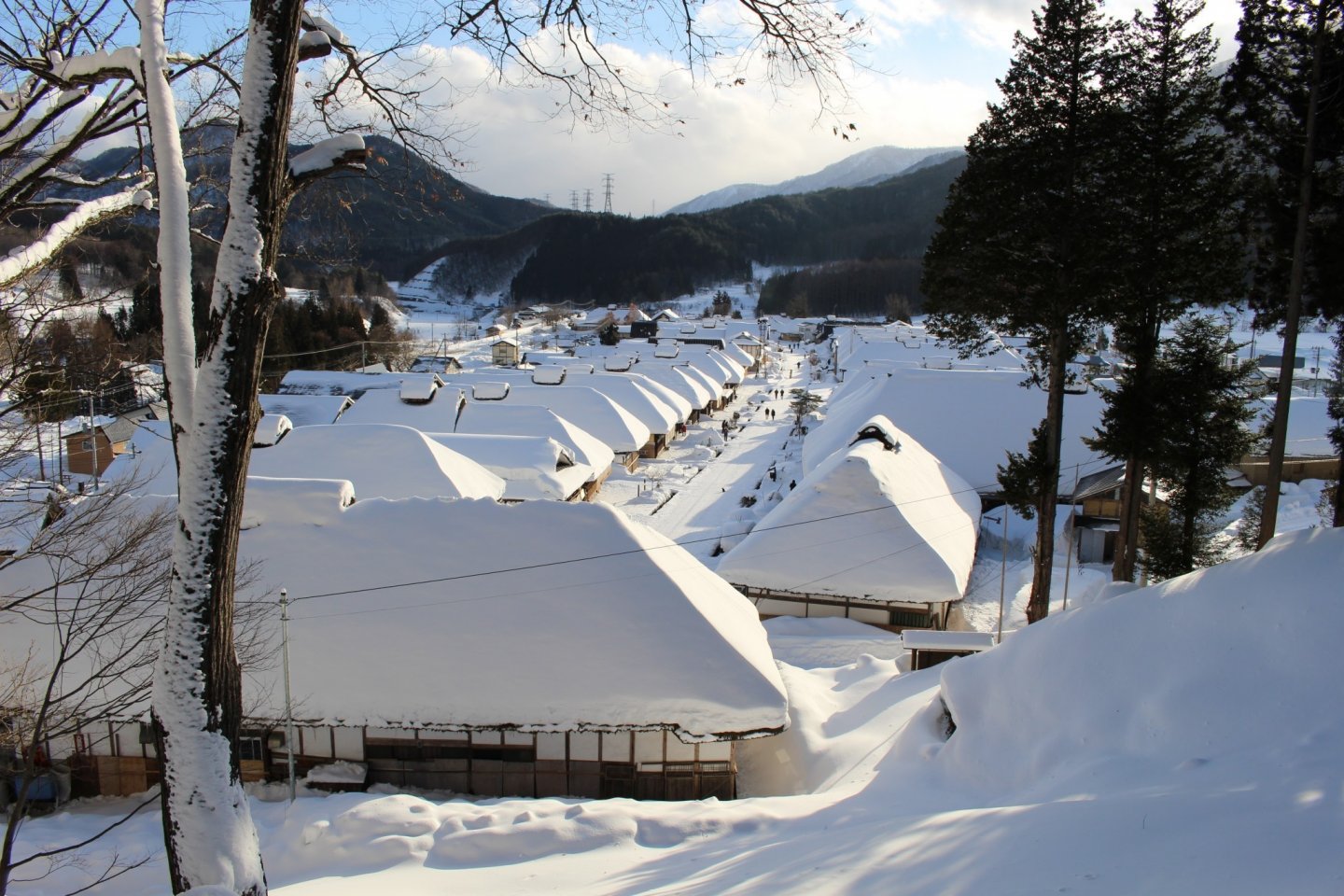
Fukushima
Outdoor adventures and traditional discoveries
Top Attractions in Fukushima
Where to eat in Fukushima
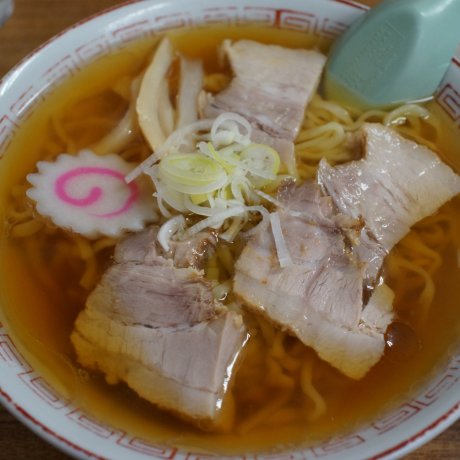
Fukushima: Food Guide
Farah BassyouniWhile Fukushima was the location of the 2011 nuclear accident that occurred due to a powerful earthquake, there is so much mor..
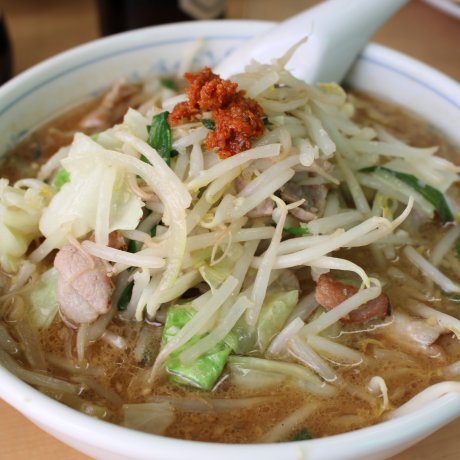
Ishikari Ramen
Tom RoseveareExperience Fukushima City's speciality enban gyoza at Ishikari Ramen.
 10
10
Suehiro Sake Brewery
Sandro BernardinelloSuehiro Sake Brewery is one of the most famous in the Tohoku region. You can do a free tour and tasting and see how this traditional..
Places to stay in Fukushima

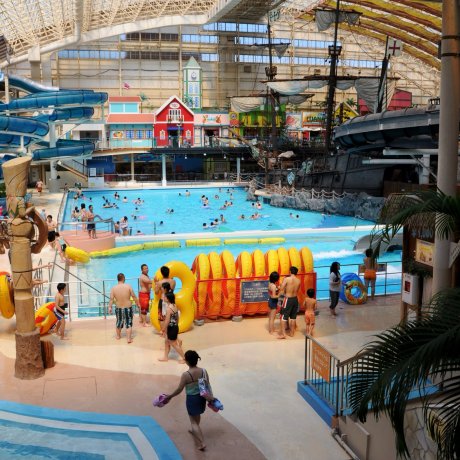
Fukushima's Spa Resort Hawaiians
Sandra IsakaFukushima's Spa Resort Hawaiians is one of Japan's most popular 'theme park' destinations. Accommodations to ..
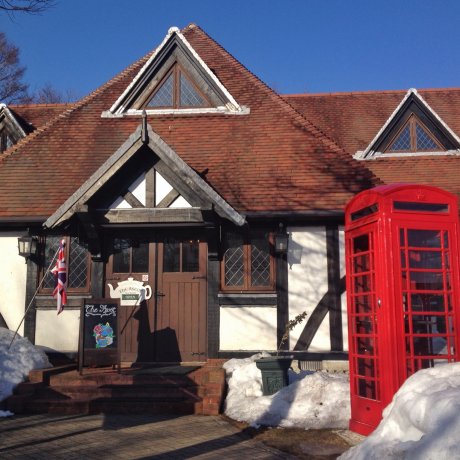
Afternoon Tea at British Hills
Amber MezbourianLeave Japan behind and explore British Hills, a surreal holiday resort in the heart of the Fukushima countryside. Enjoy afternoon..
Latest Fukushima Reports

Hoshino Resorts Nekoma Mountain
Kim BergströmTucked away in the mountains of Fukushima Prefecture, Hoshino Resorts Nekoma Mountain is a rare spring destination where travelers..

A Deep Dive Into Iwaki’s Kamaboko Fish Cakes
Veronica CarnevaleJapan’s third largest prefecture, Fukushima is located in northeastern Japan’s Tohoku region and shares an eastern border with..
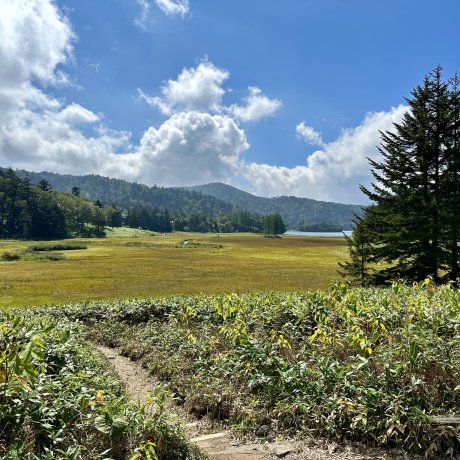
Oze Gourmet Trip
Veronica CarnevaleNourish your mind and body in Japan’s unspoilt nature with the Oze Gourmet Trip, held in Oze National Park. This immersive exp..



